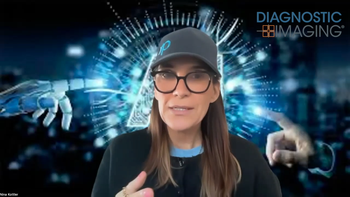
Careers Outside the Radiology Reading Room
Three radiologists who found careers outside of the reading room.
As our recent article on alternative careers for radiologists showed, radiologists aren’t necessarily sticking to their current career track for life. Due to burnout, job issues or other interests, some radiologists are finding satisfaction in other careers. Our last piece showed how to make a change. In this slideshow, we feature stories from three radiologists using their passions and talents to pursue careers outside of the reading room.Â
Newsletter
Stay at the forefront of radiology with the Diagnostic Imaging newsletter, delivering the latest news, clinical insights, and imaging advancements for today’s radiologists.




























